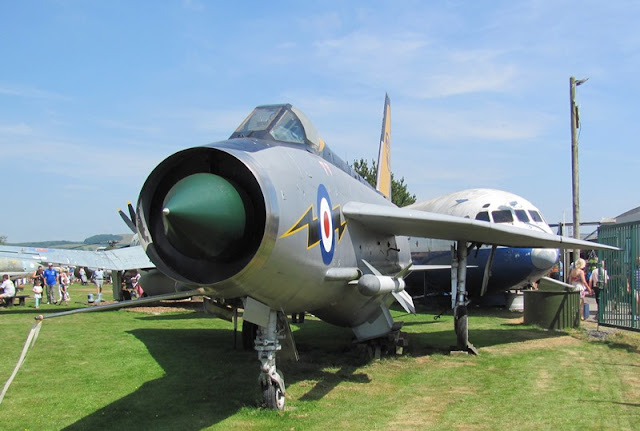I spent six years of my childhood living in the village of Clarencefield in the parish of Ruthwell. In that time I was never in the parish church, which is in the countryside rather than in either of the parish's villages (the other being Ruthwell). Due to almost everyone being more interested in it's famous cross, it's quite difficult to find out very much about the church itself. There was a medieval church here and one place on the net suggests that this is the oldest building in the South of Scotland which still operates as a church (I can't back this statement up I'm afraid). It would in those days have been a long thin building. In 1687 a burial aisle was added to the south making the building into a T shape. We'll come to the rounded bit you see at the back there just shortly.
Inside they've painted the walls in rather relaxing pastel shades.
The church is dominated by the Anglian cross (or Anglo-Saxon, take your pick) known as the Ruthwell cross. It dates from around 700AD when the area was under the control of the Northumbrian kingdom and would originally have stood outside and been used as a preaching cross - the priest would have used the carvings as a picture book when trying to convert the locals.
By the 1640 the cross was inside the church. It probably had been for centuries by then. It was in that year that the General Assembly of the Church decreed that there would be no more crosses or icons in their churches. The minister of the parish at that time, one Gavin Young, wasn't letting his cross be demolished and being about as far as possible away from Aberdeen, where the assembly were sitting then, managed to hold on to the cross for a further two years before he finally buried it in the church floor, then made of clay, rather than demolishing it as instructed. At the operation the cross was broken into several pieces. It can't have been very deeply buried as several trips out to the church to look at it in the floor are recorded in the 18th century. Due to work in the church and a new floor being laid, the cross was dug up in the late 18th century and much of it seems to have been lost - probably around then.
From 1799 until 1843 the minister in Ruthwell was Dr Henry Duncan. He is most famous for starting the first savings bank in the country (perhaps the World). When I was at school in Clarencefield, we had a big celebration in 1974 to celebrate the bicentenary of his birth, but that is a tale for another day. It was Dr Duncan who gathered together all the bits of the cross that he could find - some of them had become really rather well hidden, in fact one bit turned up while digging a grave. He had a local stonemason remake the missing parts, the design came from his own mind rather than any real idea what they would have been, and had the cross erected in the grounds of the manse next door. The church were at that time still a little sore about the idea of crosses in churches. This photo remains of the cross in the manse grounds. The cross was included in The Ancient Monuments Protection Act of 1882, and the rounded apse you can see on the side of the church in the first picture of this blog was built to house it. It was moved in in 1887 but unfortunately was to tall to fit in so a pit had to be dug in the floor to accommodate it.
A couple of years ago when I visited, I purchased this postcard which explains what the carvings on the cross represent.
On the front and back faces of the cross, the carvings are surrounded by Latin inscriptions which would have been for the benefit of the priest using the cross (nobody else at that time would have been able to read it.)
The significance of the archer is unexplained.
Most of the original cross bar is missing, so what you see here is what was though up by Dr Duncan and his mason. Looks a pretty good match to me.
Similarly the sun here is part of the new crossbar but the eagle on top of it is original.
The sides of the cross are decorated with birds and other beasts eating fruit.
Around the edges of the sides are carve Anglo-Saxon runes . It seems to be a matter of debate as to whether these were carved at the same time as the rest of the cross or later, perhaps as late as the 10th century. They have been translated and found to be excerpts from one of the oldest poems in English (very old English indeed), The Dream of the Rood.
This is the only known fragment of the crossbar.
In a cabinet in the corner of the church is this small statue of Dr Duncan.
There are two carved chairs on either side of the cross. This one has one of the daftest faces you're likely to see on a chair anywhere, certainly in a church.
A rather grand chair on the other side.
The main panel has a quite delightful merhorse on it (with wings! - that beast has it all going for him)
It's got mighty scary arms though.
This memorial window is one of a number of stained glass windows in the church. You can see the rest here.








































































